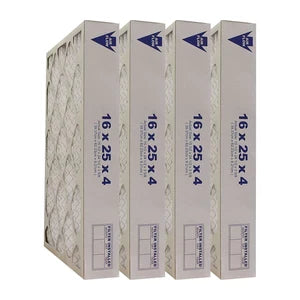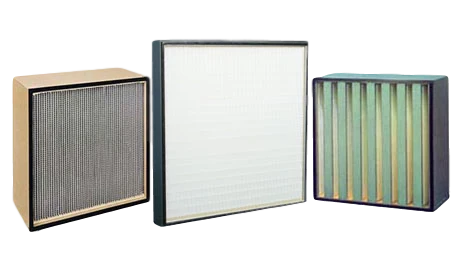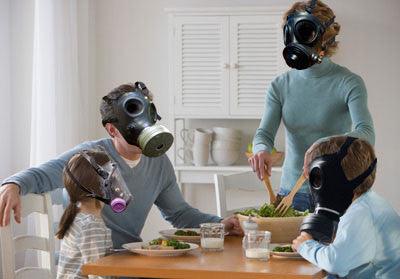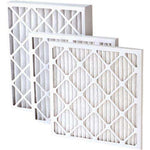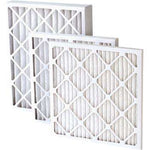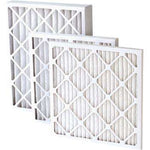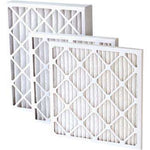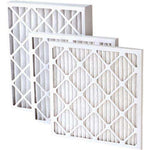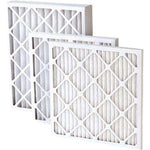You have no items in your shopping cart.
When you think of air pollution, you likely picture smog settling in above the world’s biggest cities. You may think of smoke stacks and dust churned about in streets from millions on their way to and from work, school and everything in between. What you likely will not think of when you hear the term “air pollution” is your own home.
But the truth is, often indoor air is more polluted than outdoor air, major cities included. The Environmental Protection Agency (EPA) estimates that air in homes is generally 2 to 5 times more polluted than air outside. This is alarming, especially because the majority of people spend most of their times indoors, going from home to the office, school or store, then perhaps to a restaurant in the evening.
Of course, if we're lucky, we get out of the house on a nice day. We go to the park or sip coffee on a patio if we can. However, those who likely have the most difficulty getting out of the house on a whim—the elderly, the very young or the chronically ill—are also those who are most likely to suffer most from consequences of indoor air pollution.
So where does indoor pollution come from?
-
Burning gas, kerosene, incense, oil, wood, coal and cigarettes or other forms of tobacco
-
Cleaning and personal hygiene products
-
General moisture or things like wet carpets that contribute to mildew, bacteria and mold
-
Harmful building materials like asbestos, lead or formaldehyde
-
Inefficient or damaged HVAC systems
-
Contaminates that come in from outside including outdoor air pollution, radon and pesticides
-
Pet dander, insects and dust mites
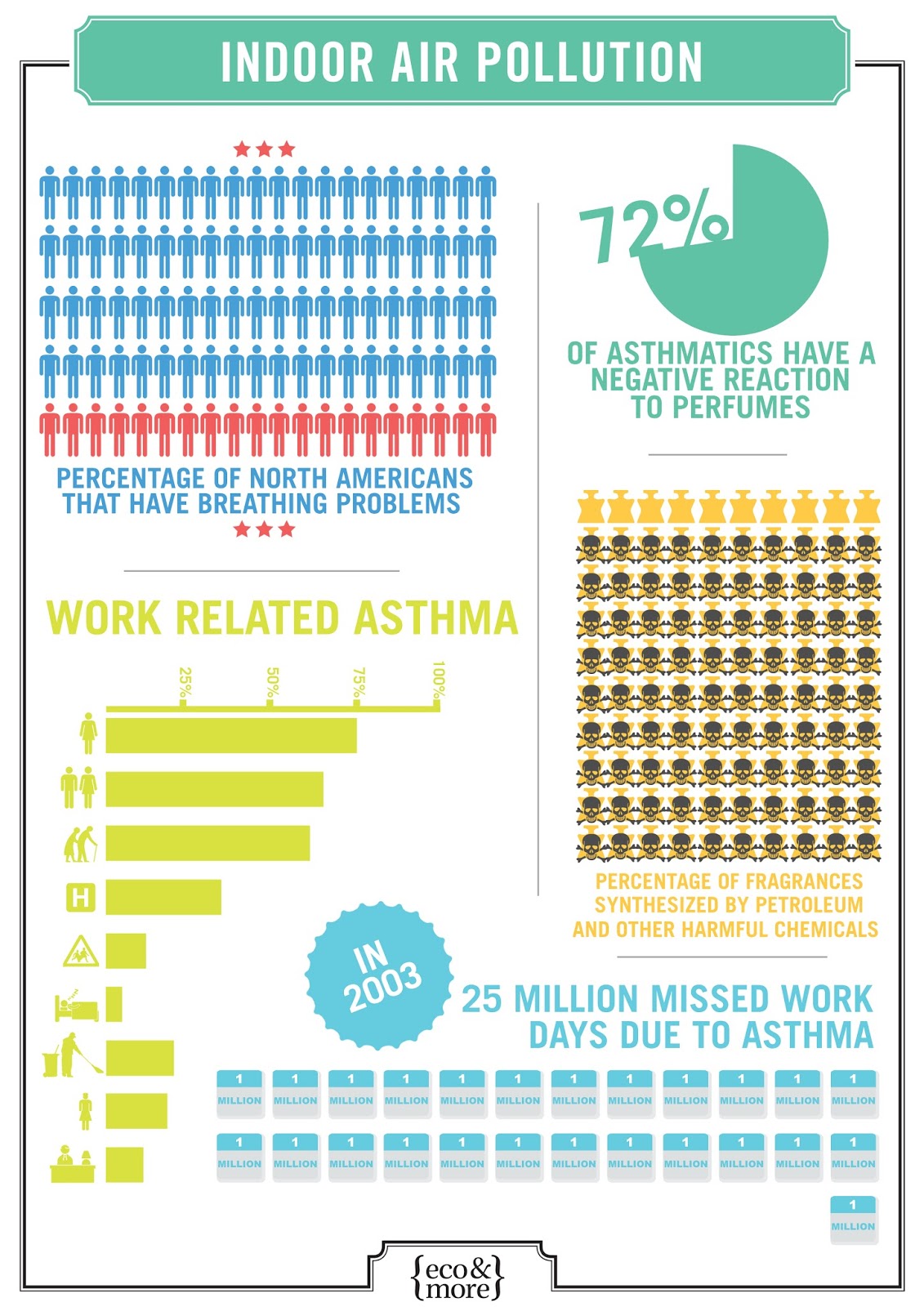
Burning fuel, for heating, releases carbon monoxide among other pollutants and the fire in your fireplace comes with its own set of contaminates. Cleaning products you use daily may contain harmful chemicals. For instance, the “air freshener” you use may actually be harming your air rather than cleaning it. Pollution from the outside, including car exhaust from your garage, creeps in through open doors and window or vents.
How indoor air pollutants will affect you
Different pollutants will affect your body in different ways and will harm some more than others. At the most basic level, indoor pollutants will cause symptoms that most who suffer from allergies know well: watery eyes, coughing and sneezing and shortness of breath. Over time, minor problems with allergies may turn into major ones when people are repeatedly exposed to the same contaminants over time.
They may also inspire fever, problems with digestion, and dizziness. Indoor air pollution can cause allergic reactions or spread airborne illnesses like chicken pox or influenza. People who have breathing problems like asthma will be even more susceptible to the effects of indoor air pollutants. Each pollutant contains its own list of side effects, some that can be as severe as death when contaminates like carbon monoxide become highly concentrated within a home.
What you can do to cut down on indoor air pollution
-
Choose to use personal hygiene and cleaning products that do not introduce harmful toxins into your home.
-
If you live in an older house, make sure your home is free of asbestos and lead paint, especially when remodeling.
-
Do not use pesticides indoors.
-
Watch for moisture in areas like your basement. Make sure you don’t leave carpets, curtains or towels wet.
-
Choose an air filter with an appropriate MERV rating and change it regularly.
-
Smoke outdoors instead of inside your home.
-
Check that gas-powered heaters are functioning correctly and make sure their flame is blue.
-
Clean your chimney annually.
-
Use a HEPA filter in your vacuum cleaner. Replace your air filters & ac filters regularly.
-
Grill outside—not inside your garage or home.
-
Don’t close your garage door when your car is still running.
Arming yourself with the knowledge about where indoor air pollution comes from and how you can fight it is the first step in making your indoor air healthier.
When you think of air pollution, you likely picture smog settling in above the world’s biggest cities. You may think of smoke stacks and dust churned about in streets from millions on their way to and from work, school and everything in between. What you likely will not think of when you hear the term “air pollution” is your own home.
But the truth is, often indoor air is more polluted than outdoor air, major cities included. The Environmental Protection Agency (EPA) estimates that air in homes is generally 2 to 5 times more polluted than air outside. This is alarming, especially because the majority of people spend most of their times indoors, going from home to the office, school or store, then perhaps to a restaurant in the evening.
Of course, if we're lucky, we get out of the house on a nice day. We go to the park or sip coffee on a patio if we can. However, those who likely have the most difficulty getting out of the house on a whim—the elderly, the very young or the chronically ill—are also those who are most likely to suffer most from consequences of indoor air pollution.
So where does indoor pollution come from?
-
Burning gas, kerosene, incense, oil, wood, coal and cigarettes or other forms of tobacco
-
Cleaning and personal hygiene products
-
General moisture or things like wet carpets that contribute to mildew, bacteria and mold
-
Harmful building materials like asbestos, lead or formaldehyde
-
Inefficient or damaged HVAC systems
-
Contaminates that come in from outside including outdoor air pollution, radon and pesticides
-
Pet dander, insects and dust mites

Burning fuel, for heating, releases carbon monoxide among other pollutants and the fire in your fireplace comes with its own set of contaminates. Cleaning products you use daily may contain harmful chemicals. For instance, the “air freshener” you use may actually be harming your air rather than cleaning it. Pollution from the outside, including car exhaust from your garage, creeps in through open doors and window or vents.
How indoor air pollutants will affect you
Different pollutants will affect your body in different ways and will harm some more than others. At the most basic level, indoor pollutants will cause symptoms that most who suffer from allergies know well: watery eyes, coughing and sneezing and shortness of breath. Over time, minor problems with allergies may turn into major ones when people are repeatedly exposed to the same contaminants over time.
They may also inspire fever, problems with digestion, and dizziness. Indoor air pollution can cause allergic reactions or spread airborne illnesses like chicken pox or influenza. People who have breathing problems like asthma will be even more susceptible to the effects of indoor air pollutants. Each pollutant contains its own list of side effects, some that can be as severe as death when contaminates like carbon monoxide become highly concentrated within a home.
What you can do to cut down on indoor air pollution
-
Choose to use personal hygiene and cleaning products that do not introduce harmful toxins into your home.
-
If you live in an older house, make sure your home is free of asbestos and lead paint, especially when remodeling.
-
Do not use pesticides indoors.
-
Watch for moisture in areas like your basement. Make sure you don’t leave carpets, curtains or towels wet.
-
Choose an air filter with an appropriate MERV rating and change it regularly.
-
Smoke outdoors instead of inside your home.
-
Check that gas-powered heaters are functioning correctly and make sure their flame is blue.
-
Clean your chimney annually.
-
Use a HEPA filter in your vacuum cleaner. Replace your air filters & ac filters regularly.
-
Grill outside—not inside your garage or home.
-
Don’t close your garage door when your car is still running.
Arming yourself with the knowledge about where indoor air pollution comes from and how you can fight it is the first step in making your indoor air healthier.
